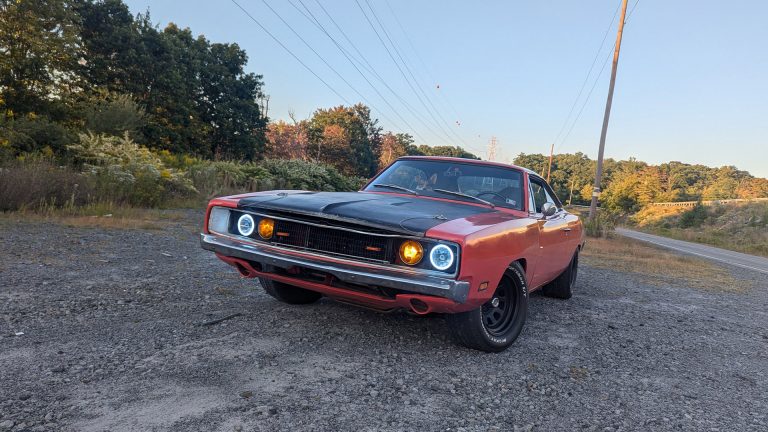Legacy of Luxury: Bruno Sacco, Visionary Designer Behind Mercedes-Benz Iconic Designs, Passes Away

The Design Legacy of Bruno Sacco: Shaping the Future of Mercedes-Benz
Born in Udine, Italy, Bruno Sacco’s fascination with cars began at a young age. Growing up, he was captivated by the 1947 Studebaker Champion Starlight coupe, whose aviation-inspired design left a lasting impression on him. This early influence would later shape his approach to automotive design.
A Career Spanning Decades
Sacco’s journey with Mercedes-Benz began in 1957, when he met Karl Wilfert, the head of body testing. Wilfert was creating a new Stylistics department, and Sacco would soon join him as his second designer. The automaker’s world champion motorsports cars of the mid-’50s were a significant draw for Sacco, and the 300 SL Gullwing coupe, designed by Friedrich Geiger, was the other half of the equation.
Rise to Prominence
Sacco’s Sindelfingen stint was initially intended to be brief, but he met the love of his life in Germany, started a family, and ended up staying for 40 years. During this time, he worked in pre-body development and later headed the Body Design and Dimensional Concept department. Under his leadership, the Mercedes-Benz 600 (W100) and 230 SL "Pagoda" (W113) were developed.
A Global Design Language
Sacco’s design philosophy emphasized a globally-recognized design language, which he successfully implemented during his tenure. He was instrumental in shaping Wankel-engined concept vehicles like the C111 and C111-II, as well as the hugely successful W123 series. As Oberingenieur (chief engineer) and head of Stylistics, Sacco oversaw the development of the automaker’s first-ever station wagon, the W123.
Legacy and Accolades
By the time Sacco retired on March 31, 1999, the Mercedes-Benz lineup had expanded, and his design signature had been on every truck, bus, and car produced since 1979. He was proud of the model 126 series of S-Class, stating, "The 126 model series in all design forms is the best thing I have done for Mercedes-Benz." Sacco received an honorary doctorate from the University of Udine in 2002 and was inducted into the Automotive Hall of Fame (2006) and the European Automotive Hall of Fame (2007).
A Lasting Impact
Bruno Sacco’s legacy at Mercedes-Benz and in the automotive industry is undeniable. His designs continue to influence the industry, and his commitment to a globally-recognized design language has left a lasting impact on the world of automotive design.






